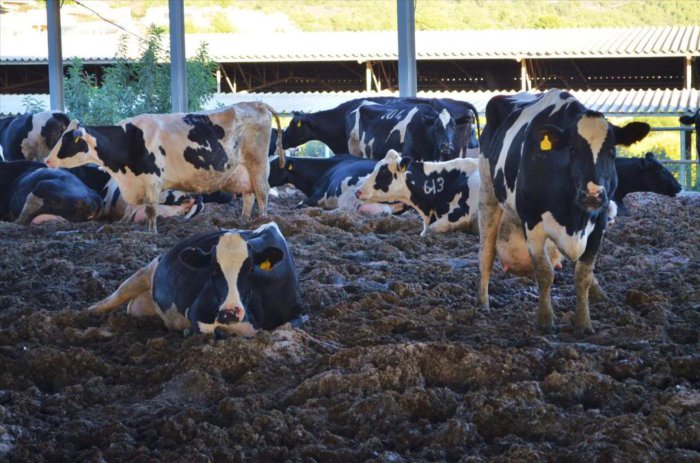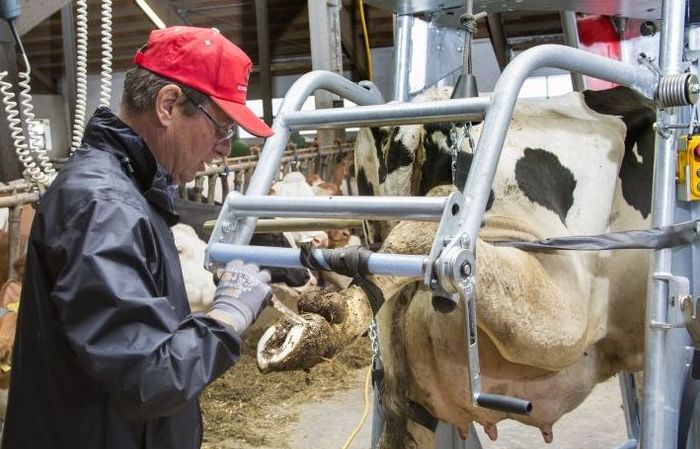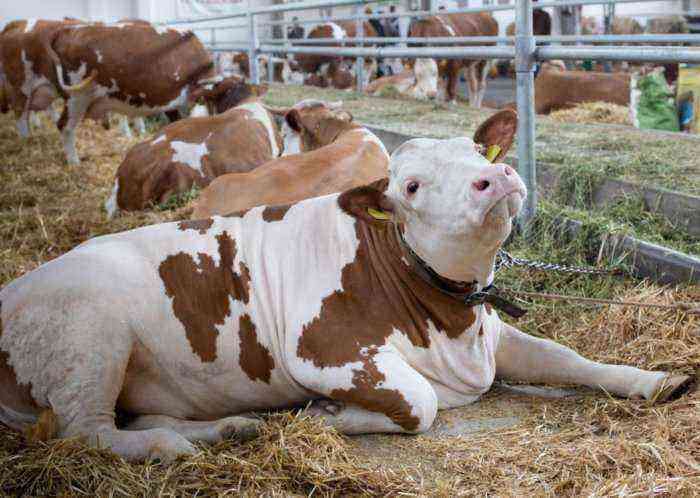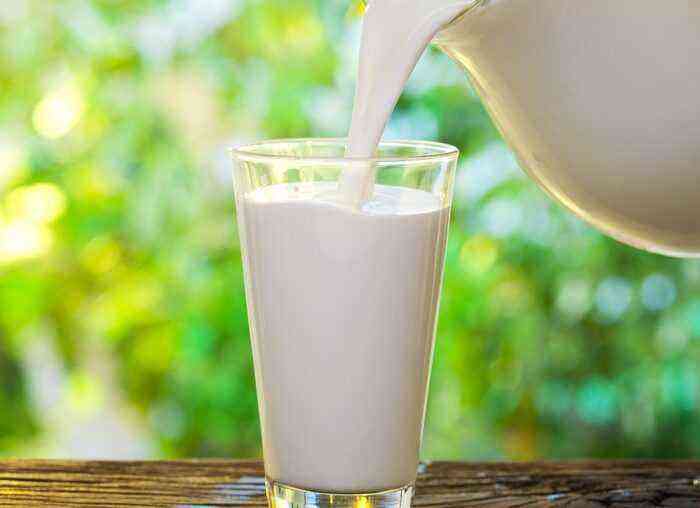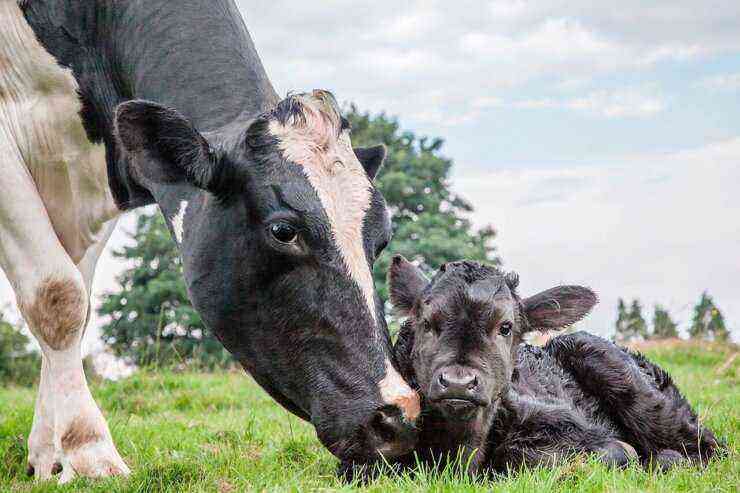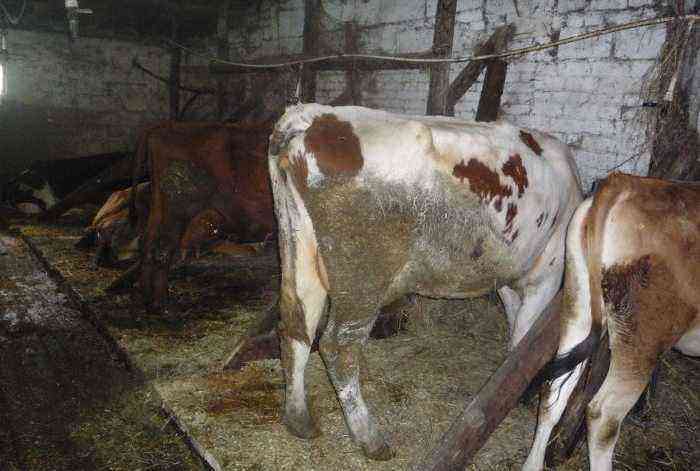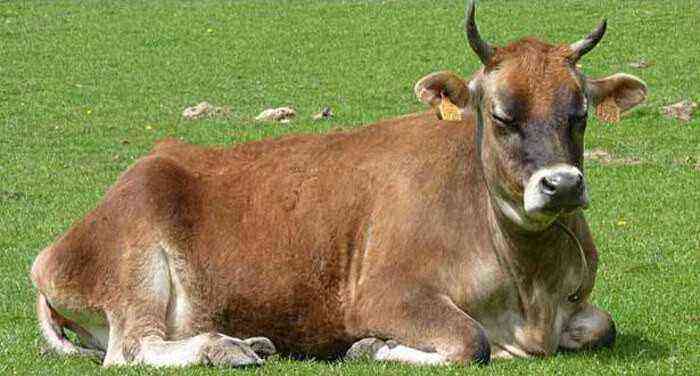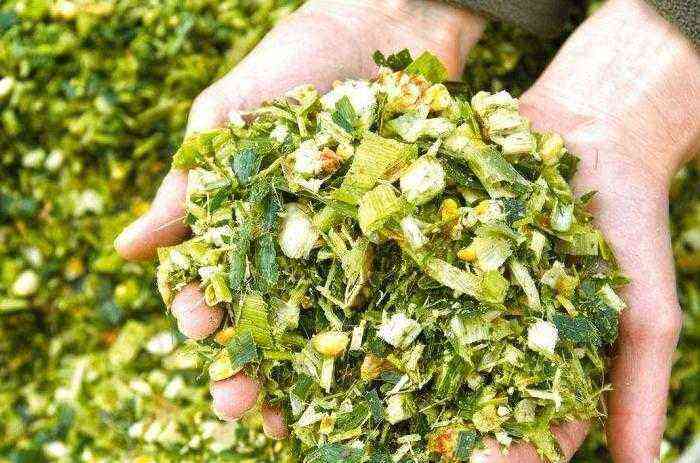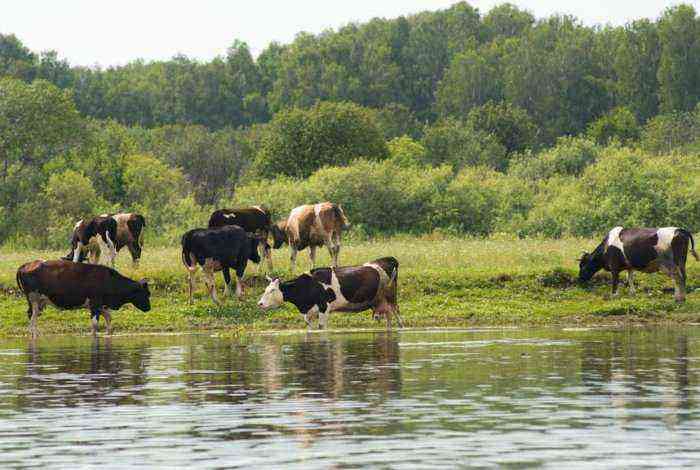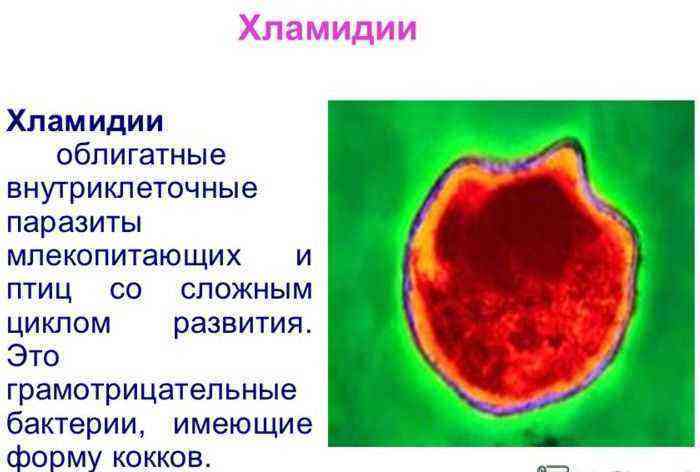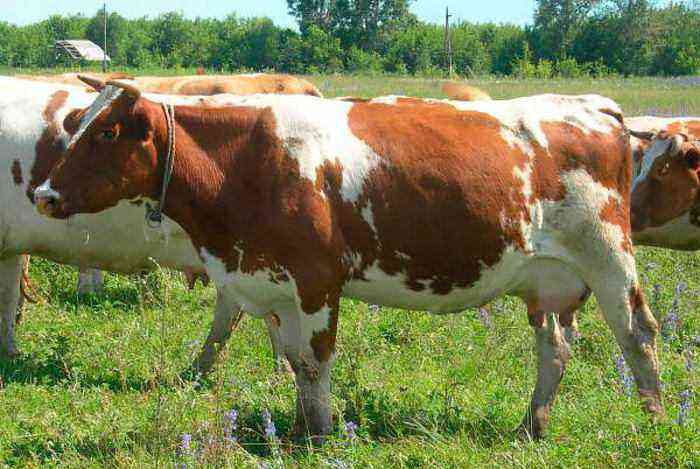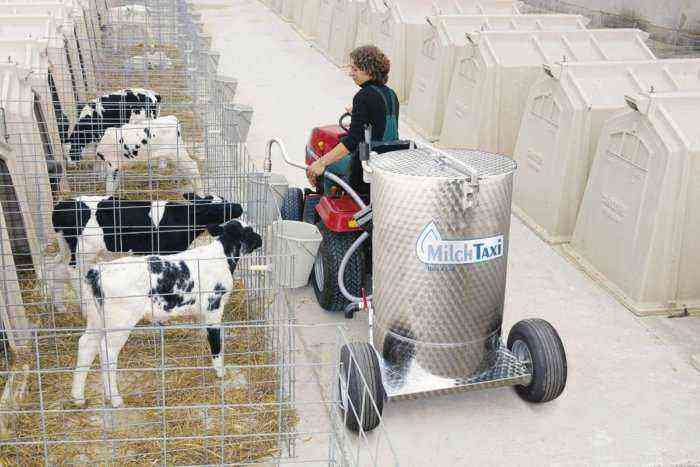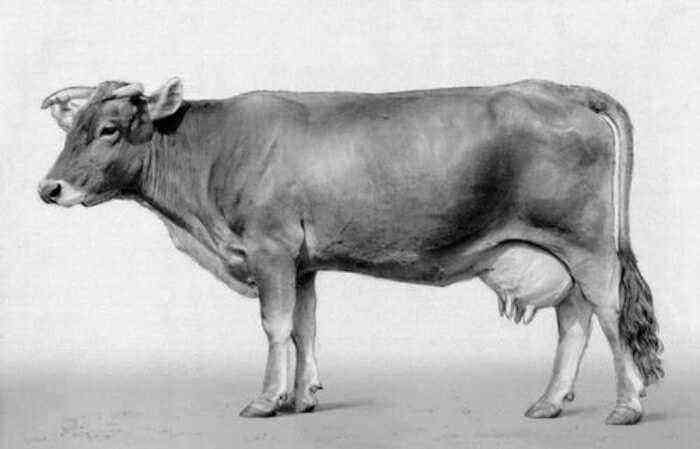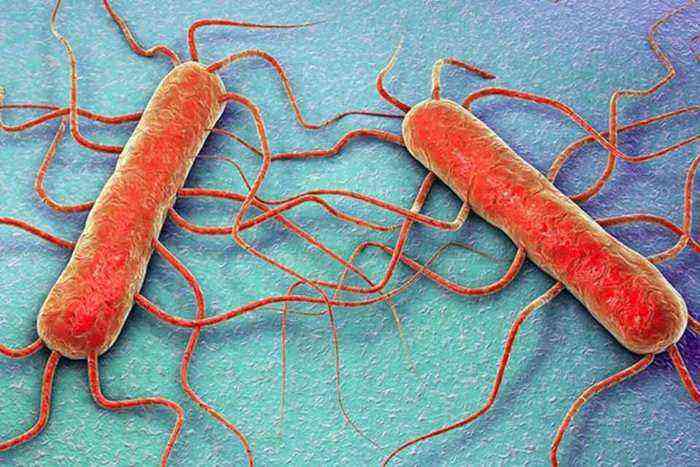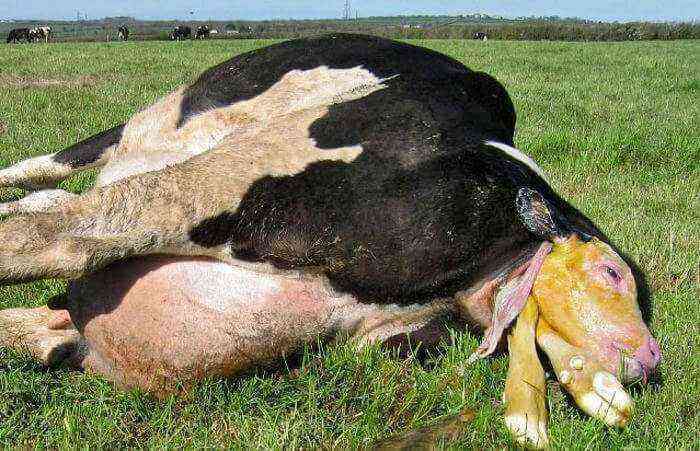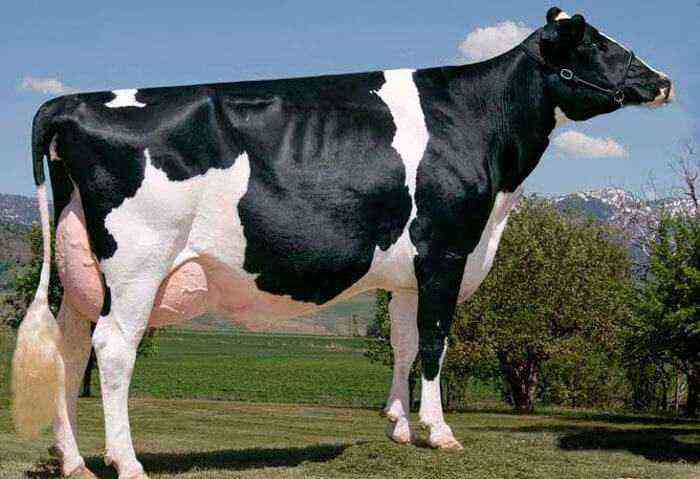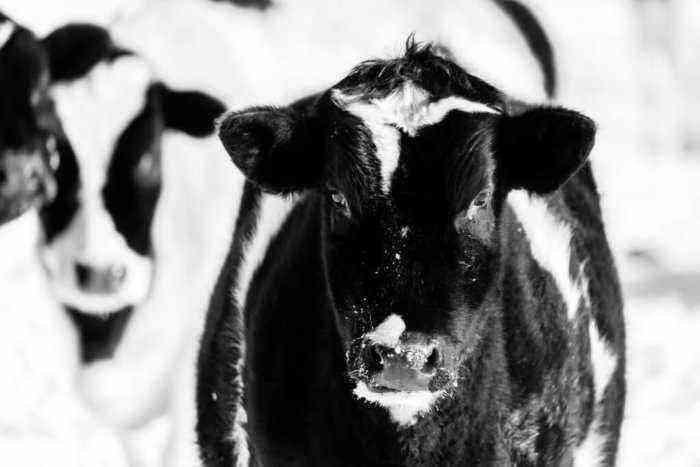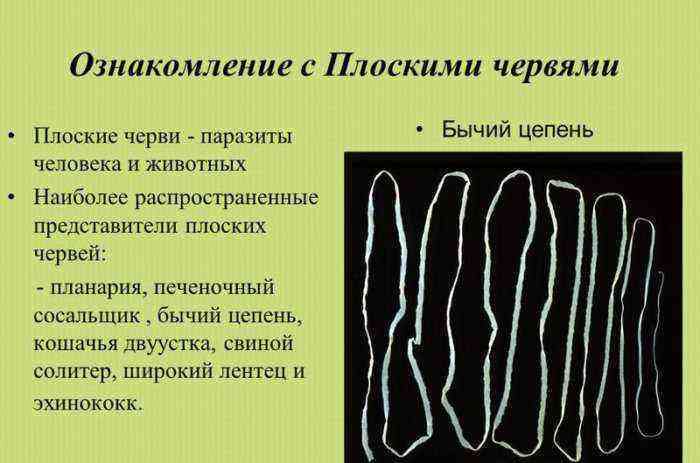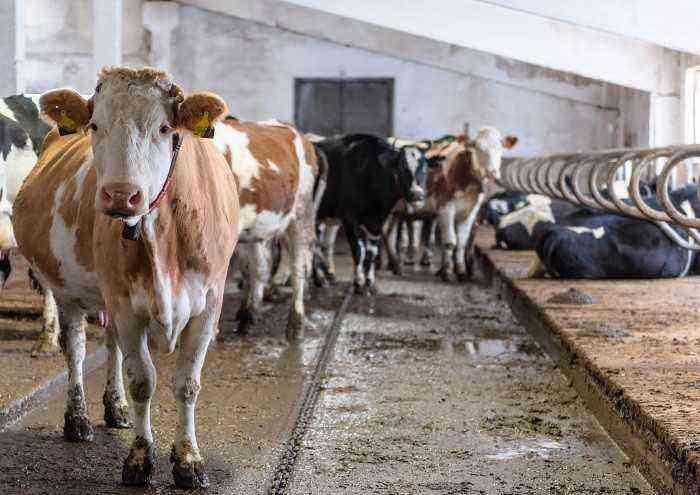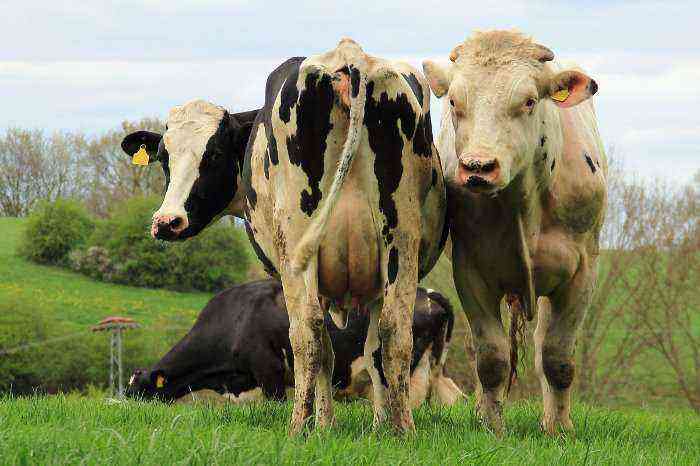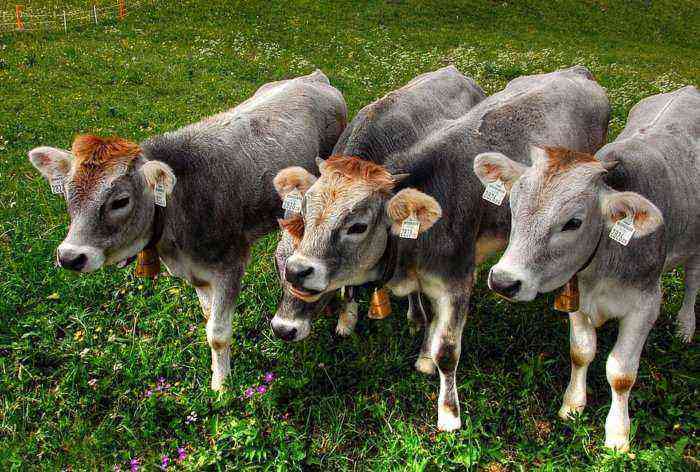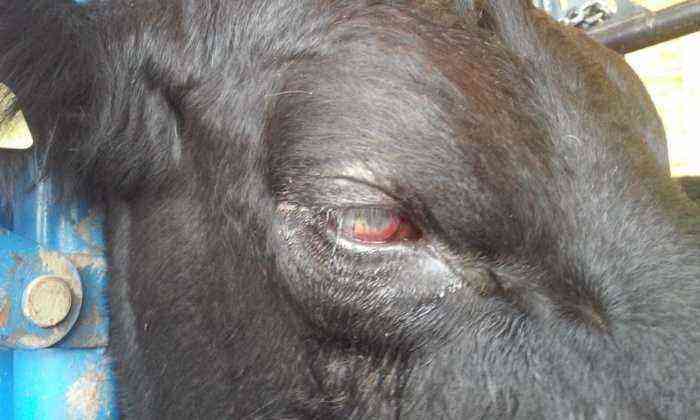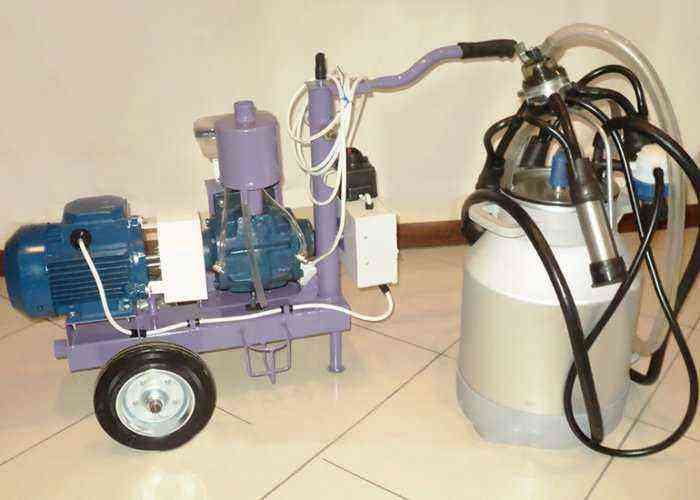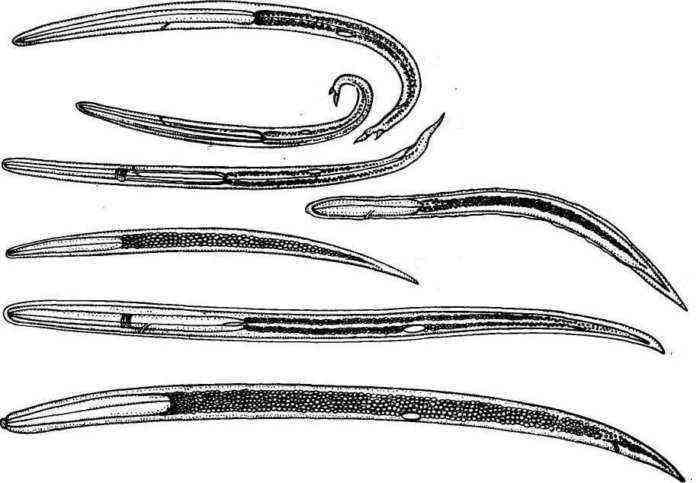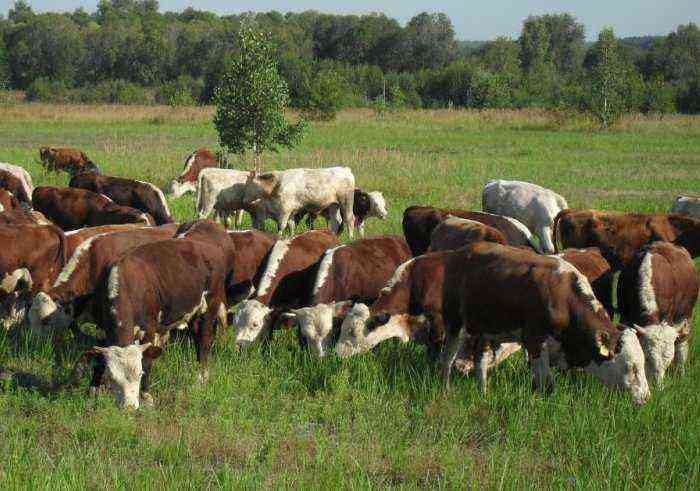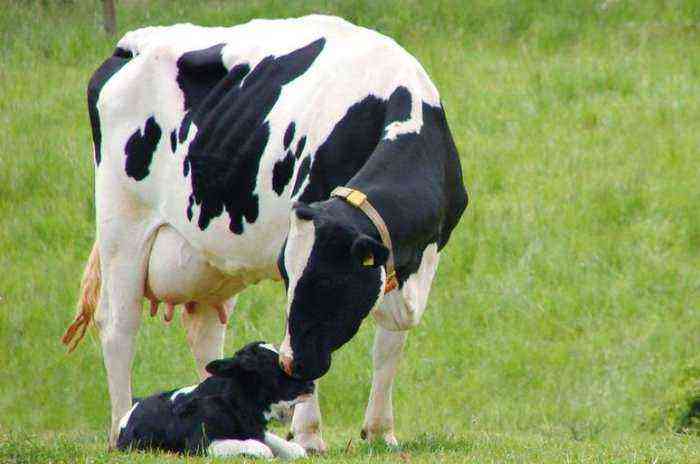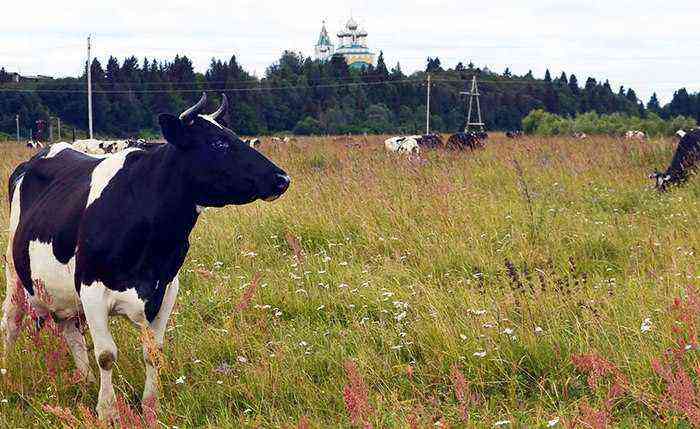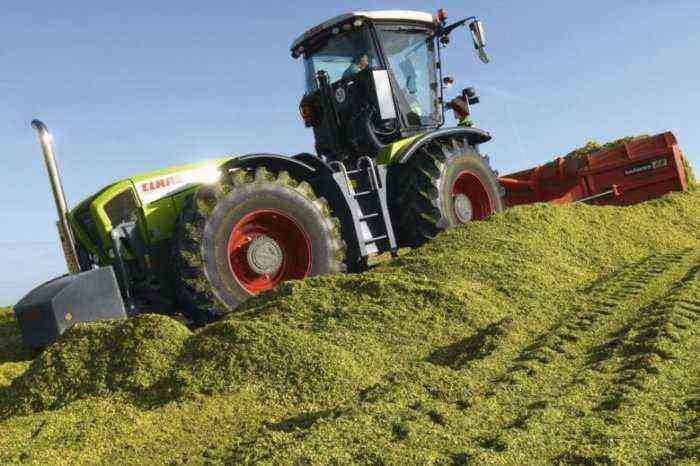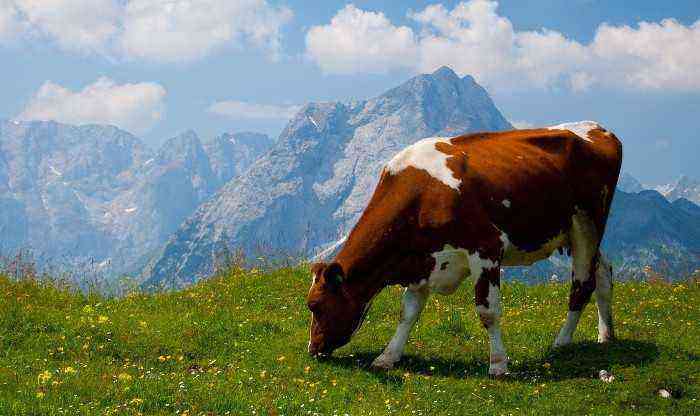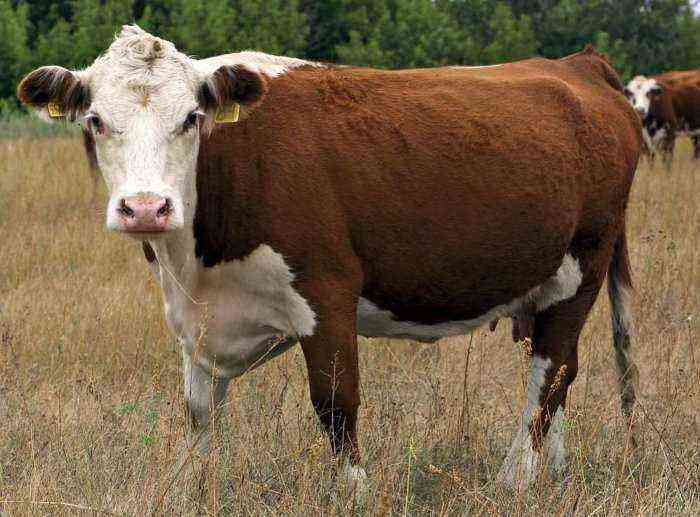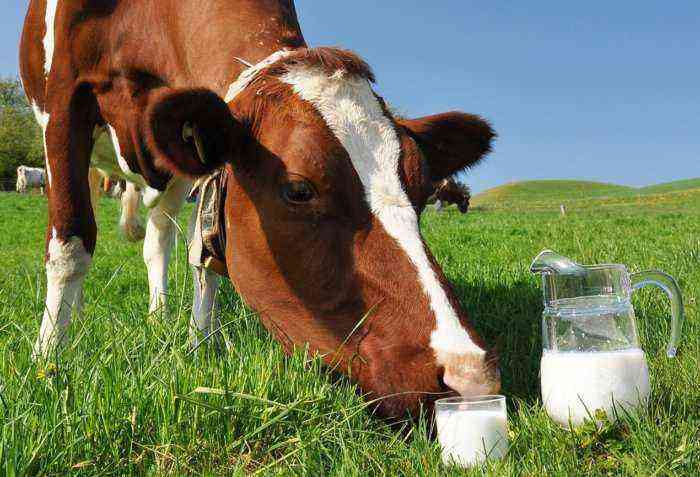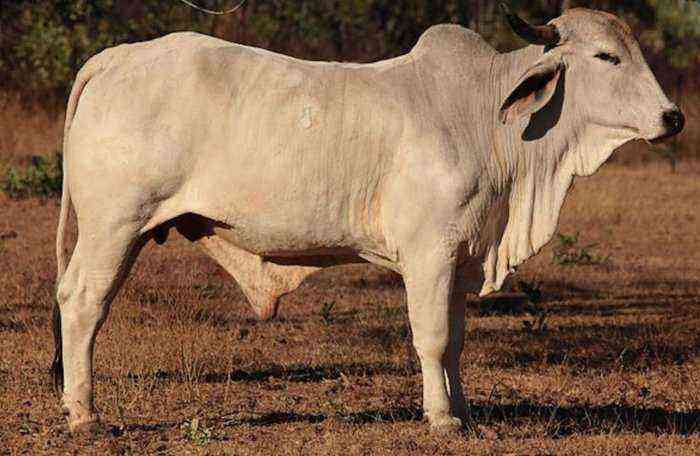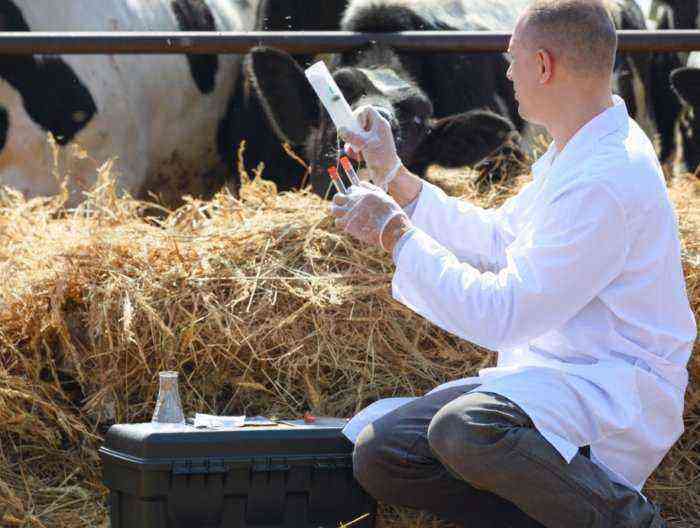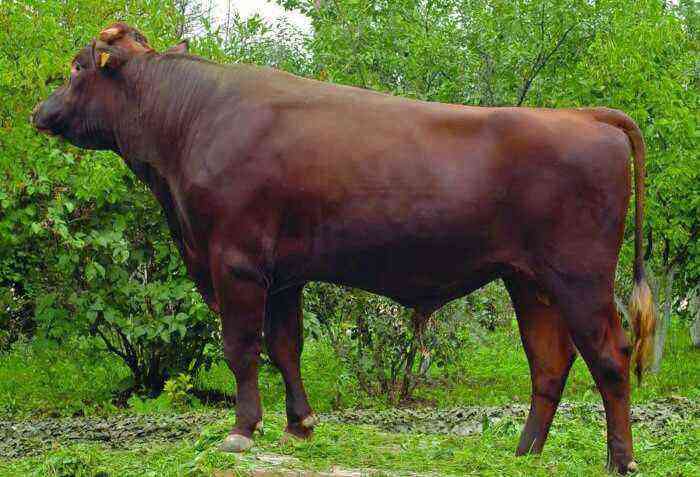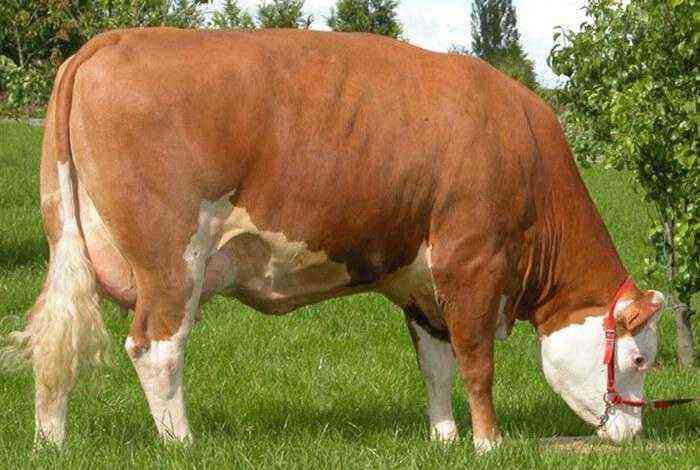In nature, there are a large number of microorganisms that can cause a wide variety of diseases among humans and animals. One of these diseases is cattle clostridium, which affects various systems and organs. The causative agents of this infection are able to persist in the environment for a long time, posing a threat to healthy animals.
Healthy cattle
What is bovine clostridium?
The causative agent of clostridiosis is a spore-forming bacillus that is widespread in the environment and resistant to adverse factors. Clostridium is usually divided into 2 main types that cause toxic effects or mechanical damage.
Cattle are distinguished by susceptibility to the defeat of this disease, the most dangerous manifestations of which occur in the form of botulism, malignant edema and tetanus. If the infection enters the animal’s body, the nervous system or the gastrointestinal tract is most affected.
As a result of infection with bacteria, a rapid lethal outcome is possible. In this case, in the absence of timely treatment, there is a high probability of mass death of animals.
Other forms of the disease include anaerobic enterotoxinemia and emcar. Regardless of the manifestations and symptoms, clostridiosis poses a serious danger to cows, and therefore requires prompt and competent treatment, as well as the adoption of special preventive measures.
Causes of appearance
Clostridia live mainly in anoxic conditions, and only a few species are able to reproduce in the presence of oxygen. The favorite habitats are soil and water, and the conditions optimal for reproduction are the lack of oxygen and humidity.
The leading causes of infection are:
- poor quality feed;
- pathogen-contaminated water and soil;
- unsanitary conditions in places where cattle are kept.
Unsanitary conditions in places where cattle are kept
The most famous ways of penetration of clostridia into the body of an animal are feed (enterotoxemia, botulism) and wound (malignant edema, emkar, tetanus).
Symptoms
The symptomatology of clostridiosis depends on the direction of the infectious process. Most often, the infection is manifested by a toxic effect, which occurs against the background of the accumulation of toxic substances in the body. It leads to damage to the tissues, organs and nervous system of the animal, often with a fatal outcome. Less commonly, clostridiosis occurs with a mechanical, stronger effect.
The very first manifestations of the disease are the deterioration of the general condition, the refusal to take water and food. Often there is diarrhea. Other symptoms suggest a form of the disease and start treatment.
A form of clostridiosis
Symptoms
Additional signs
malignant edema
There are edemas of the subcutaneous fatty tissue, which crepitate on palpation. The deterioration is progressing rapidly. Death occurs 3-5 days after infection. The temperature rises rarely and does not exceed 42°C. There is a general depression of the animal, increased respiration and heart rate, appetite decreases.
Anaerobic enterotoxemia
In infected animals (mostly young), coordination suffers. They lose balance, when moving, shakiness is noted. Muscle spasms occur periodically. There is lethargy, increased heart rate and respiration. Sometimes there is a liquid stool with a brown tint, bubbles and an admixture of blood. The temperature rises to 41 or 42°C.
botulism
The ability to swallow independently is impaired, as a result of which the food lump does not move through the esophagus. Water flows freely through the nostrils. The temperature does not rise, but there is a rapid depletion. Gradually there is lacrimation. In some cases, blindness or diarrhea develops.
Emkar
There is a wobbly gait and lameness. There are hot edema with noticeable boundaries, which are replaced by diffuse cold swelling. They contain a dirty, rancid exudate, and produce a characteristic crunch on palpation. There is general depression with difficulty in shallow breathing. The heart beats less frequently, and the temperature often rises to 41-42°C
Tetanus
It proceeds with paralysis of the muscles (most often chewing), acquiring a noticeable hardness. Seizures and increased sweating may occur. The digestive system is oppressed up to a complete stop. General state of excitement. At the same time, the temperature remains within the normal range.
In addition to all of the above, there are additional manifestations of the disease in the form of enlarged lymph nodes and hemorrhages on the mucous membranes.
Diagnostics
The first steps of the diagnostic stage are the examination of the animal and the clarification of the conditions of its habitat and diet. As additional diagnostic methods, modern laboratory tests are used, which are carried out after collecting the necessary biomaterial:
- linked immunosorbent assay;
- cytotoxic test;
- blood analysis.
Blood test
In addition, an endoscopy of the intestine can be performed, which reveals characteristic yellowish plaques on the mucosa. They are characteristic of pseudomembranous colitis. Also, feces, washings or vomit, as well as any other suspicious products, are sent for research.
Treatment
The treatment is based on the isolation of sick cows from healthy ones. They need to create optimal conditions for keeping and feeding. If tetanus is detected, additional soft and warm bedding will be required, as well as minimal exposure to external stimuli. Treatment of clostridium necessarily involves the use of etiotropic antibiotic therapy.
As drugs for treatment, Metronidazole, Vancomycin, Ampicillin, Chlortetracycline, Tetracycline are usually used. In mild cases, enterosorbents will be useful. And after the end of antibiotics, a course of prebiotics is required. If local lesions (wounds) are found, treatment with a solution of potassium permanganate or peroxide (3%) should be carried out.
In addition, it will be necessary to disinfect the places of detention, the adjacent territory, inventory and manure. With enterotoxemia and botulism, you should not limit the watering place. It is best to perform deep enemas or flushing. Particular importance should be given to the diet. On the first day, it is best to limit yourself to a starvation diet, after which you need to gradually introduce easily digestible food.
Prevention
After recovery, most animals develop good resistance. In many ways, it depends on the duration of the infectious process and its severity. To prevent the recurrence of clostridium, you should take the following preventive measures:
- regularly disinfect all animal habitats;
- introduce a ban on grazing near cattle burial grounds and places of death;
- observe the rules of asepsis when carrying out any diagnostic and therapeutic measures;
- eliminate spoiled food from the diet;
- carry out timely processing of hooves.
Hoof care
In addition to all of the above, passive immunization of cows is possible. But most often it is used to prevent enterotoxemia in the most threatened by clastridium zones and disadvantaged farms.
Competent and responsible livestock breeders are well aware of the symptoms of clostridium in cows, which allows them to urgently take measures to eliminate and prevent it. Less experienced breeders will benefit from familiarizing themselves with the symptoms of the disease. Such knowledge will prevent the likelihood of development of clostridiosis and avoid mass loss of livestock.
